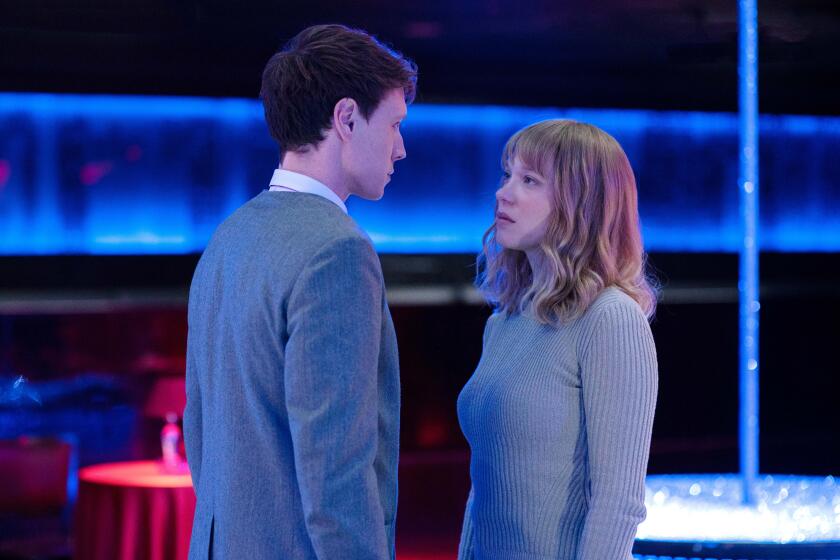‘The Beast’ explores the heart of loneliness, in Los Angeles and beyond
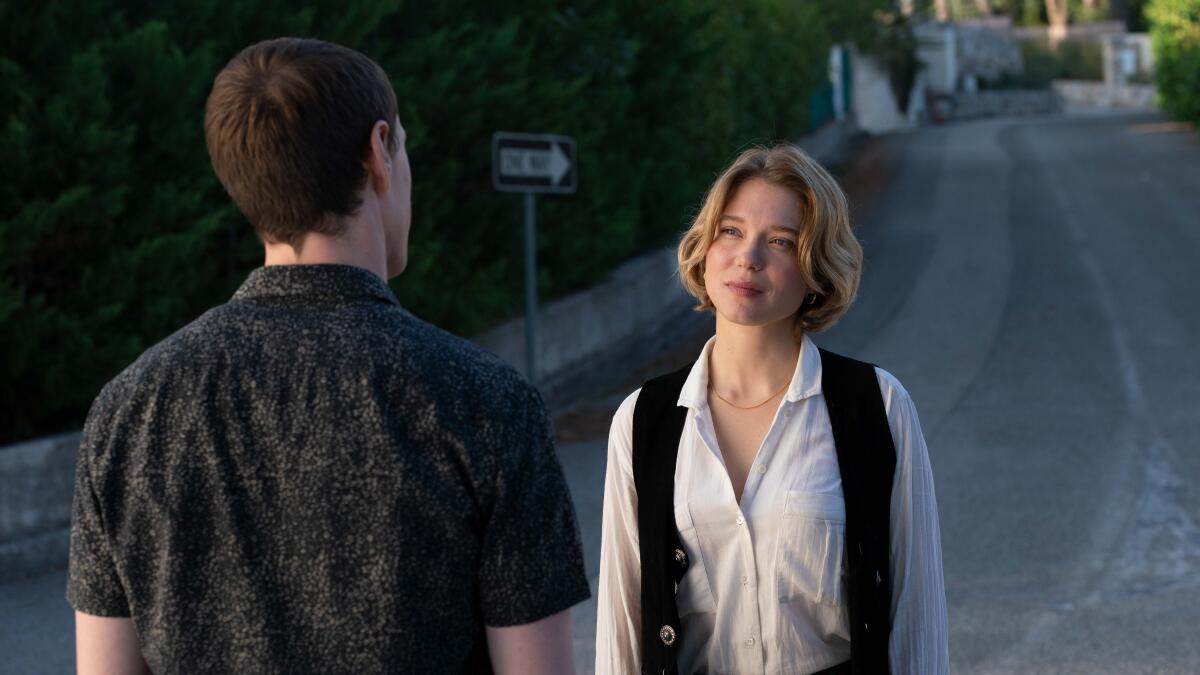
Combining elements of sci-fi, melodrama, horror and romance, “The Beast” takes place across three separate time periods to explore the intense loneliness and disconnection that has become a fixture of contemporary life.
Starring Léa Seydoux and George MacKay, the film follows two characters, Gabrielle and Louis, as they meet each other in 1910 Paris, 2014 Los Angeles and the AI-controlled future of 2044. Each time, circumstances keep them from connecting as fully as they desire.
French writer-director Bertrand Bonello has woven this loose adaptation of Henry James’ 1903 novella “The Beast in the Jungle” into a movie very much concerned with the issues of today. It premiered last fall at the Venice International Film Festival and is in theaters now.
“I was very faithful to the argument of the book,” says Bonello, 55, in a recent video interview from Paris. “Then I wanted to be as unfaithful as I was faithful, and to explore these concepts of love and fear. They’re even more contemporary now than they used to be when he wrote the book. And so I wanted to mix the genres, to mix the period and to make a cinematic trip.”
Bonello has not yet had a major commercial breakthrough in the United States. But his adventurous storytelling — previous films have included an examination of a Belle Epoque bordello (“House of Pleasures”), a portrait of fashion designer Yves Saint Laurent (“Saint Laurent”) and a dissection of a group of young radicals (“Nocturama”) — has steadily gained popularity on the international festival circuit.
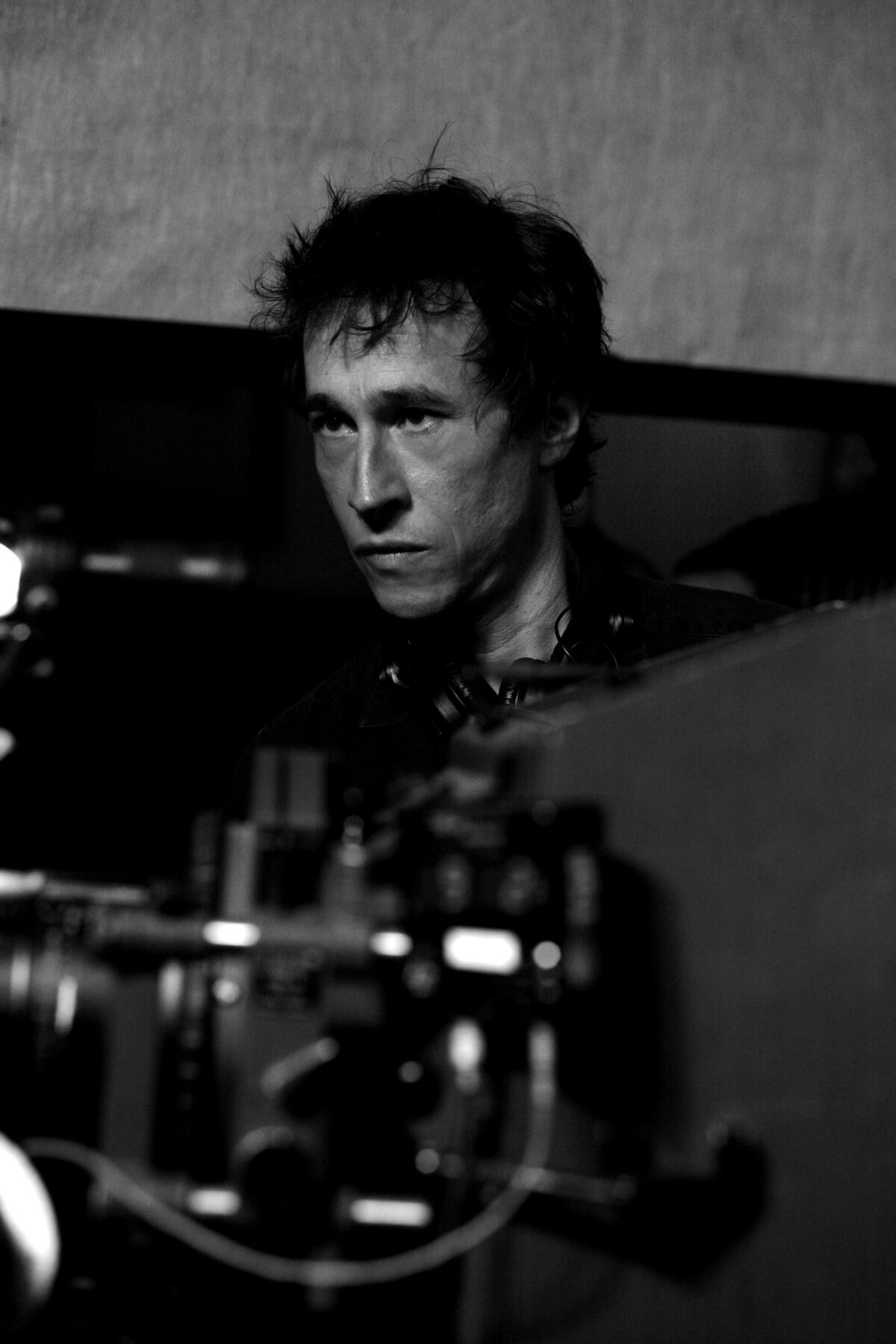
“The Beast” is Bonello’s third collaboration with Seydoux, who now divides her time between Hollywood blockbusters like “Dune: Part Two” and “No Time To Die” and arthouse films such as “Crimes of the Future” and “One Fine Morning.” The cast also includes “Saint Omer” star Guslagie Malanda and actor, filmmaker and podcaster Dasha Nekrasova.
Bonello himself plays the voice of a director leading the 2014 version of Gabrielle, an aspiring Los Angeles actor, through a green-screen scene in the film’s very first moments, strengthening the feeling that the film is in some part an exploration of Seydoux’s own persona. Splitting the story between time periods also created a deeper sense of how the main characters are the same people in different situations.
“I wanted to be part of this adventure,” says Seydoux in a video call from Paris. “When I choose a film, you never know what the film will be like — you can never be 100% sure of the result. But I was curious to live inside the film, not only as an actor, but as a person. And it’s true that the character is also based on me in a way. I became like the subject of the film. And that was also like: Why not?”
“It was something that was always specified from Bertrand that they are different people, but they are the same person,” says Seydoux’s co-star MacKay during a Zoom call from Los Angeles. “And that kind of conundrum immediately I found exciting and challenging and enticing. The questions that the film provokes are questions that I’m fascinated with: What’s at the core of your being, the core of your personality?”
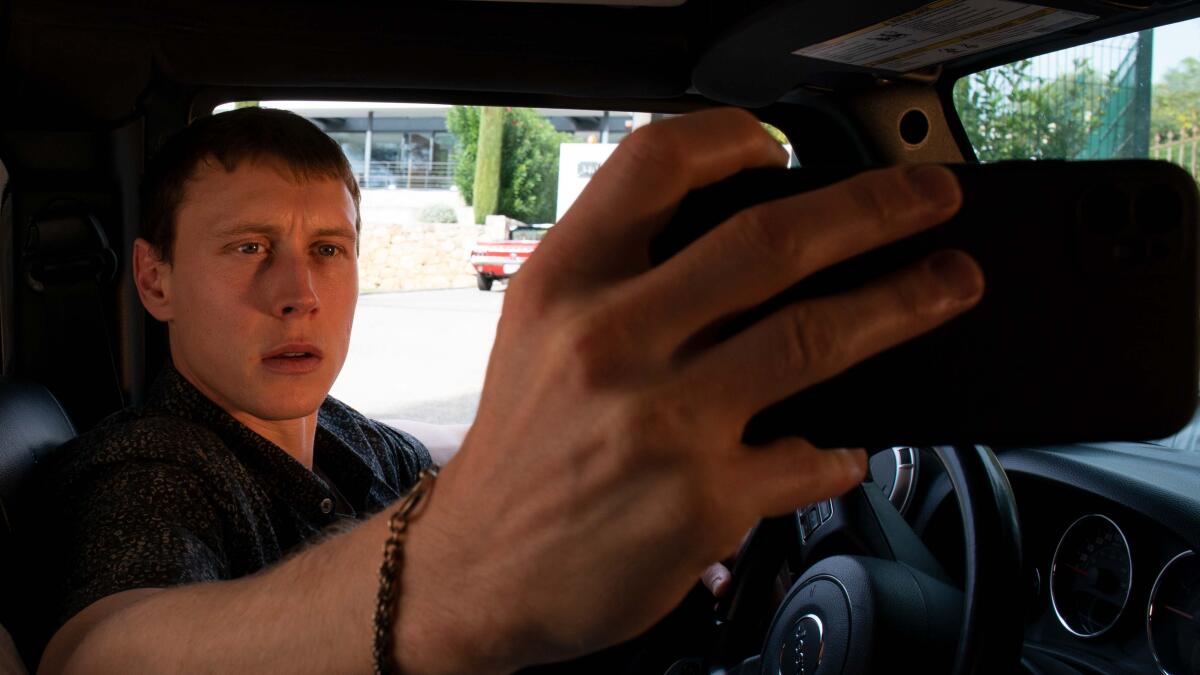
The L.A. section of the story in particular is deeply unsettling, drawing inspiration from the videos of Elliot Rodger, the 22-year-old who killed six people in Isla Vista before shooting himself in 2014. Gabrielle, the struggling actor, is housesitting at a mansion in the Hollywood Hills. Alone in an environment of large windows that puts her constantly on display, she draws the attention of Louis, a lonely young incel who posts angry screeds online full of self-pitying misogyny.
Bonello recalls first seeing a video of Rodger years ago.
“I was totally fascinated, and of course very shocked by what he had done,” Bonello says. “I remember precisely the words he used, the calm he had. It’s not a crazy video. It’s not like Jack Nicholson in ‘The Shining,’ there is something very normal. And this freaked me out.
“It was very difficult, to try to have an empathy with someone who says these terrible words,” the director continues. “And because of technology and social media and stuff like that, there is an impossibility to be yourself. So behind the psychopath, I had to find a way to have empathy for him.”
The production shot in Los Angeles for only two days, enough time to get the nighttime shots of Gabrielle driving around town as Louis trails her. (Seydoux herself does not drive, so her scenes were shot with a car being pulled on a trailer.) For this section of the film Bonello was influenced by the 1979 thriller “When a Stranger Calls” for its menacing atmosphere. The glass-walled hillside mansion that Gabrielle housesits was actually a location in the South of France.
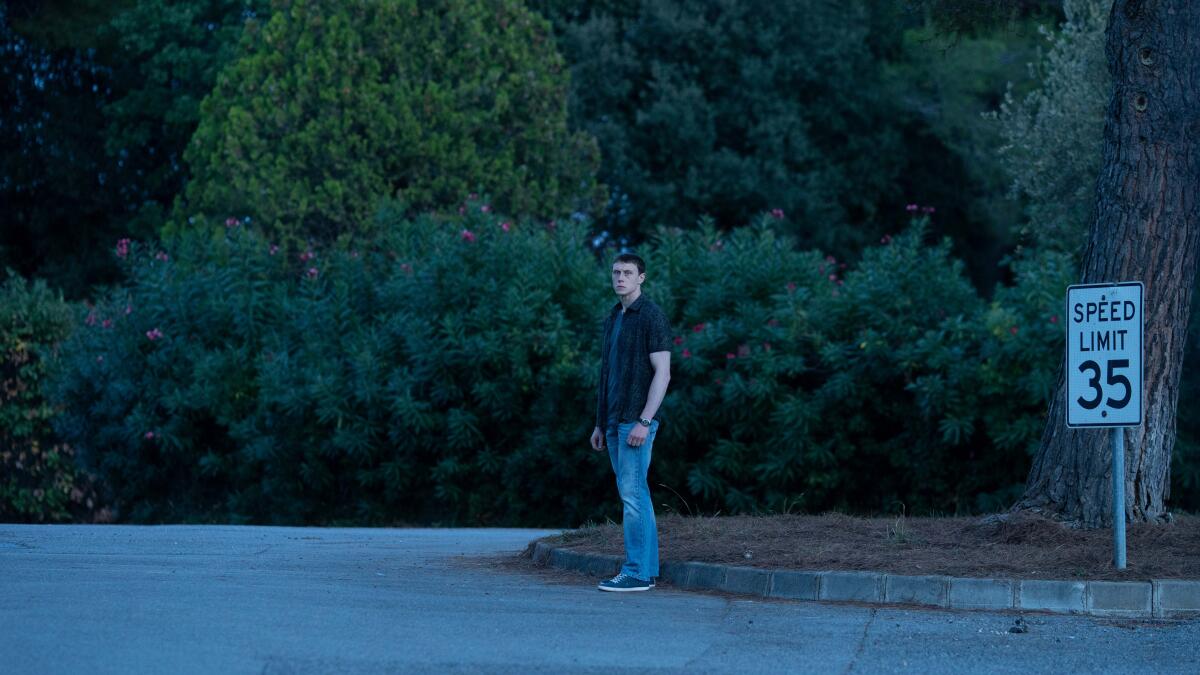
The part of Louis was initially intended for the French actor Gaspard Ulliel, who starred in Bonello’s 2014 “Saint Laurent.” But following Ulliel’s untimely death in 2022 in a tragic skiing accident, Bonello decided to recast the part using a non-French actor to avoid comparisons with what might have been.
British-born actor MacKay, best known for his role in “1917” and also recently seen in “Femme,” had to learn French for the role. Sourcing directly from Rodger’s own videos, he shot his monologues himself, using an outdated iPhone. The actor also captured random images — sand running through his fingers, a bowl of orange beads — that wound up in the movie.
“To be honest, I didn’t know about Elliot Rodger,” says MacKay. “So in watching the videos, there were such specific things about his mannerisms that I wanted to magpie and put into my performance. There was this kind of deeply self-conscious, rather thin bravado that was really quite acute. And something that I wouldn’t have thought to do without having seen that.”
Starring Léa Seydoux and George MacKay and unspooling in three different decades, director Bertrand Bonello’s latest adds to the canon of romantic dislocation.
MacKay recalls initially trying to do the first monologue near the Pacific Coast Highway but it proved impractical for recording sound. A location with the downtown skyline looming dramatically behind MacKay — among the most striking images in the film — was ultimately chosen, Bonello admits, because it was convenient for parking.
Shots of MacKay’s character driving around downtown show images along Broadway and passing by the Apple Store in the renovated Tower Theatre. (Bonello says these shots were stolen, captured without permits.)
A scene in which Seydoux exits a nightclub for the parking lot was indicative of the patchwork of locations used to create the film’s Los Angeles.
“The parking is in L.A., the club is in Paris,” explained Bonello.
Yet even shooting for just two nights in Los Angeles was still a thrill for the filmmaker. “I really loved it because it’s like the history of cinema,” Bonello says. “When you arrive and you put your camera down, of course it reminds you so much. You’re in the heart of the cinema in a way”
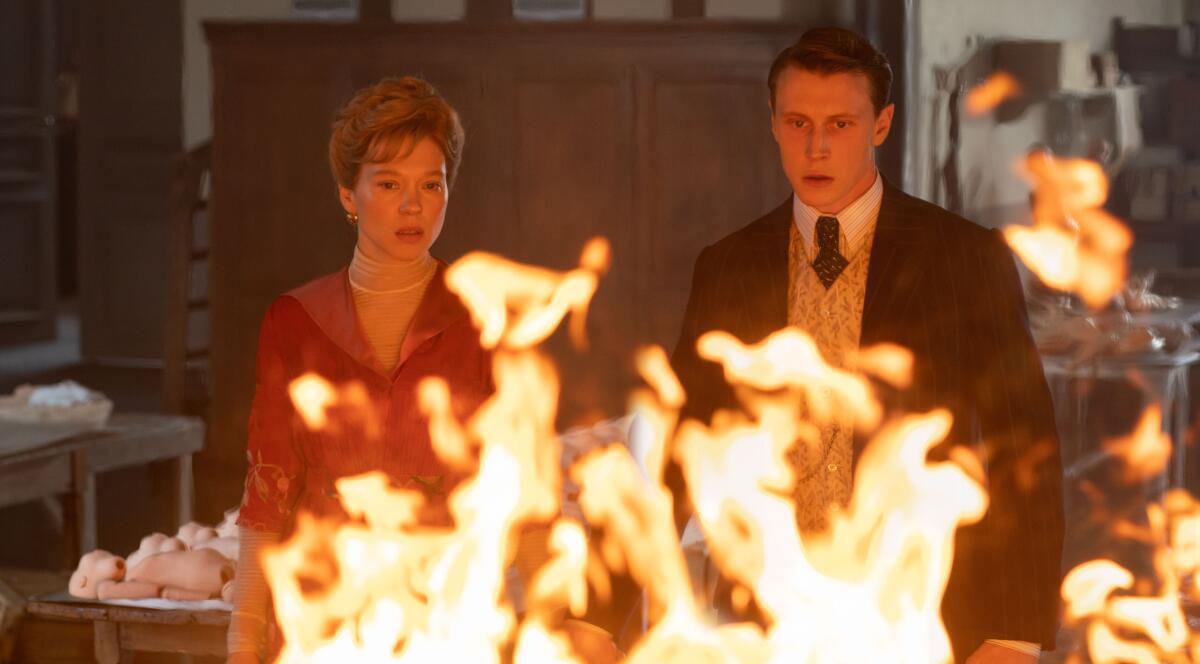
Bonello estimates he wrote some 30 drafts of the screenplay, more than he ever had before on a project. The structure of the film, how it moves from one time period to the next — even when digital artifacts appear and the footage itself seems to be suffering some technical glitch — was all planned in the screenplay. Bonello compares the process of writing as pitched somewhere between music and mathematics.
“It was really one of the challenges and one of the starting desires of the film,” said Bonello. “It’s tricky to mix genres, so you have to put some love into the [2014-set] slasher part. You have to put some fear into the melodrama. Writing the film was really fascinating, like solving a mystery.”
Working with his frequent cinematographer Josée Deshaies, Bonello shot the 1910 portion of the story in 35mm for a more sensual look, while the sharper and colder images of 2014 and 2044 were captured using digital. A sequence depicting the Paris flood of 1910 and a factory on fire was a particular challenge and found Bonello using storyboards to plan a sequence for the first time in his career.
Seydoux found the film’s structure, bouncing between the deep past, recent past and the future, somehow familiar.
“In my personal life, I’m always thinking about the future, the past — I’m always in my head,” says Seydoux. “I think that this is why I love to act. It allows me to be in the present. I always feel that when you play a role, it’s always about yourself in a way. So it’s me but with different attitudes and different style.”
One way the film’s style is genuinely unique is that it does not have conventional end credits. Rather, once the story concludes, a QR code comes onscreen that leads viewers to an online site that has all the credits, as well as a brief bonus scene. This surprising moment is made even more unusual due to the fact that Bonello himself does not use a smartphone, sticking to an outdated Nokia. So he would not be able to see the end credits to his own film in a theater.
“I thought it was a perfect ending to the film,” says Bonello. “It’s the relationship between technology and humanity, or technology and the loss of humanity. So to put a credit without even the names, I like the coldness of the end. You have this QR code, which has no feelings at all.”
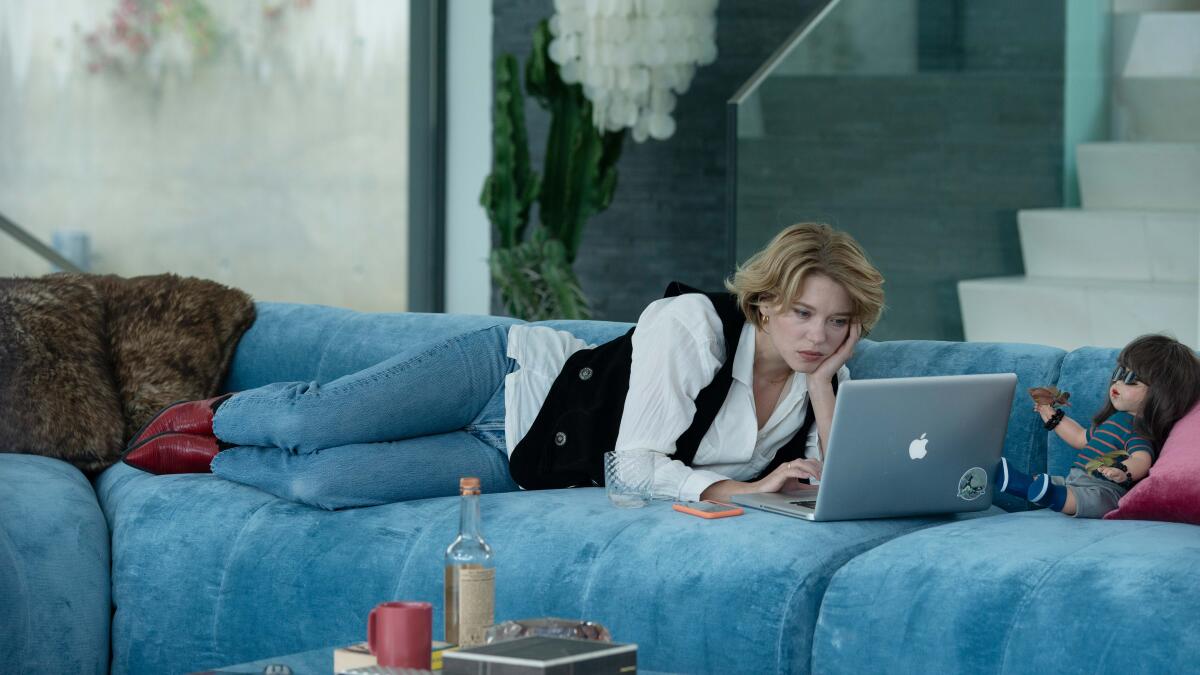
The intercut 2044 section depicts a scary world controlled by AI. Yet that dystopian notion is no longer as far off as it might have once seemed. When the film premiered in Venice, Seydoux and MacKay did not attend due to the ongoing actors’ strike, which was in part driven by conflict over the need for AI protections.
“The irony was not lost on us,” said MacKay. “At the time of filming, it felt like something that was sci-fi, like the future, and now it feels so in the moment. It’s quite scary to be honest.”
Bonello purposefully set the future section of the film 20 years ahead so that the world could be different, but not entirely so. Yet he says he’s surprised by how quickly opinions of AI have changed since he started working on the film.
“I was aware of many things, the dangers, the ethical problems, the moral problems, the political problems,” says Bonello. “I thought it would be in 10 years, not the year the film was shown. I think I made a mistake by putting it in 2044 — 2029, maybe.”
For the actors, that sense of an encroaching shift in how people interact often felt like it was already here.
“In 2014, she’s doesn’t have any real human interactions,” says Seydoux. “And it’s one of the subjects of the film, the fact that she’s very lonely. It’s a very contemporary thing, with all our devices and we want to connect with people through social media and everything. But at the end, this feeling of loneliness is even stronger. It’s so hard to have real interactions with people.”
MacKay agrees that their goal was emotion. “Despite the root of there being a fear and an existential, kind of cerebral quality to the whole film, I think it also was really important to me that that it is also about love,” says MacKay. “It was always important to me that it wasn’t more head than heart, but of course it’s kind of both.”
All of which is what makes “The Beast” one of the most achingly human films of the year so far — whether that year is 1910, 2014, 2044 or indeed 2024.
More to Read
Only good movies
Get the Indie Focus newsletter, Mark Olsen's weekly guide to the world of cinema.
You may occasionally receive promotional content from the Los Angeles Times.
